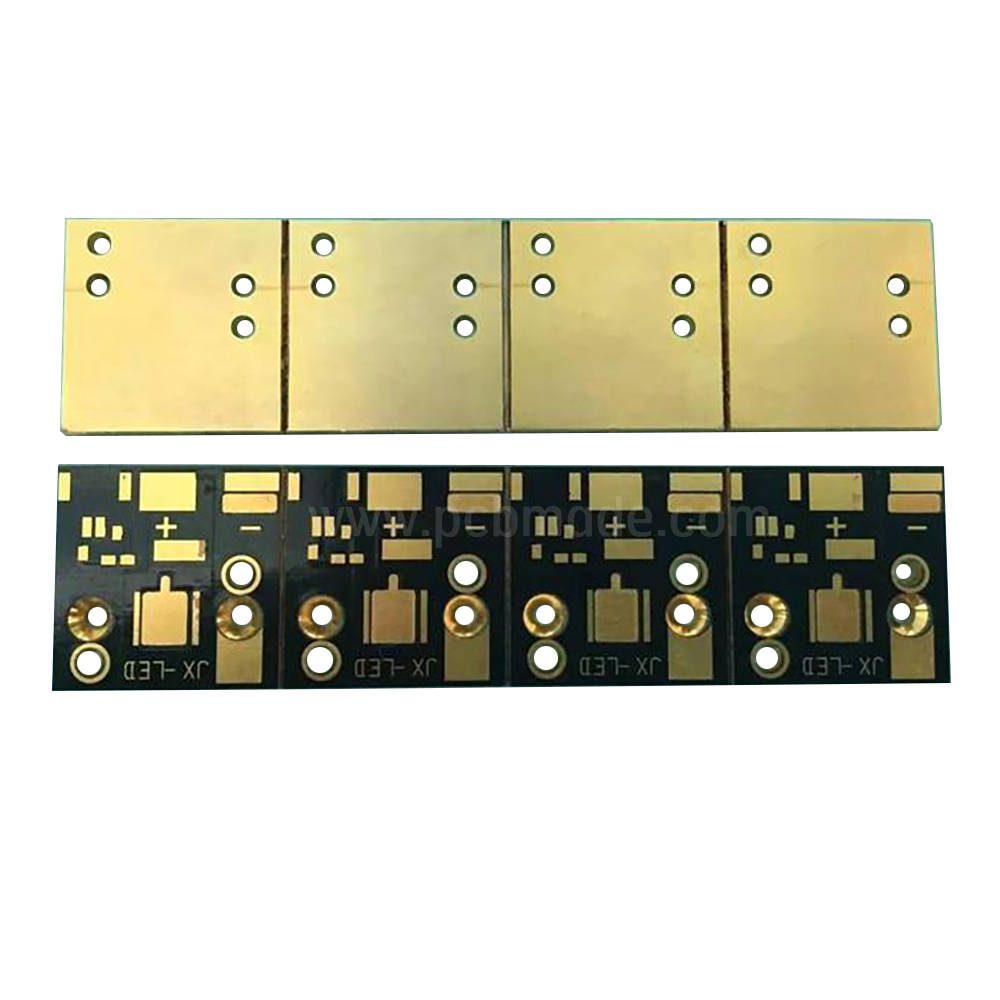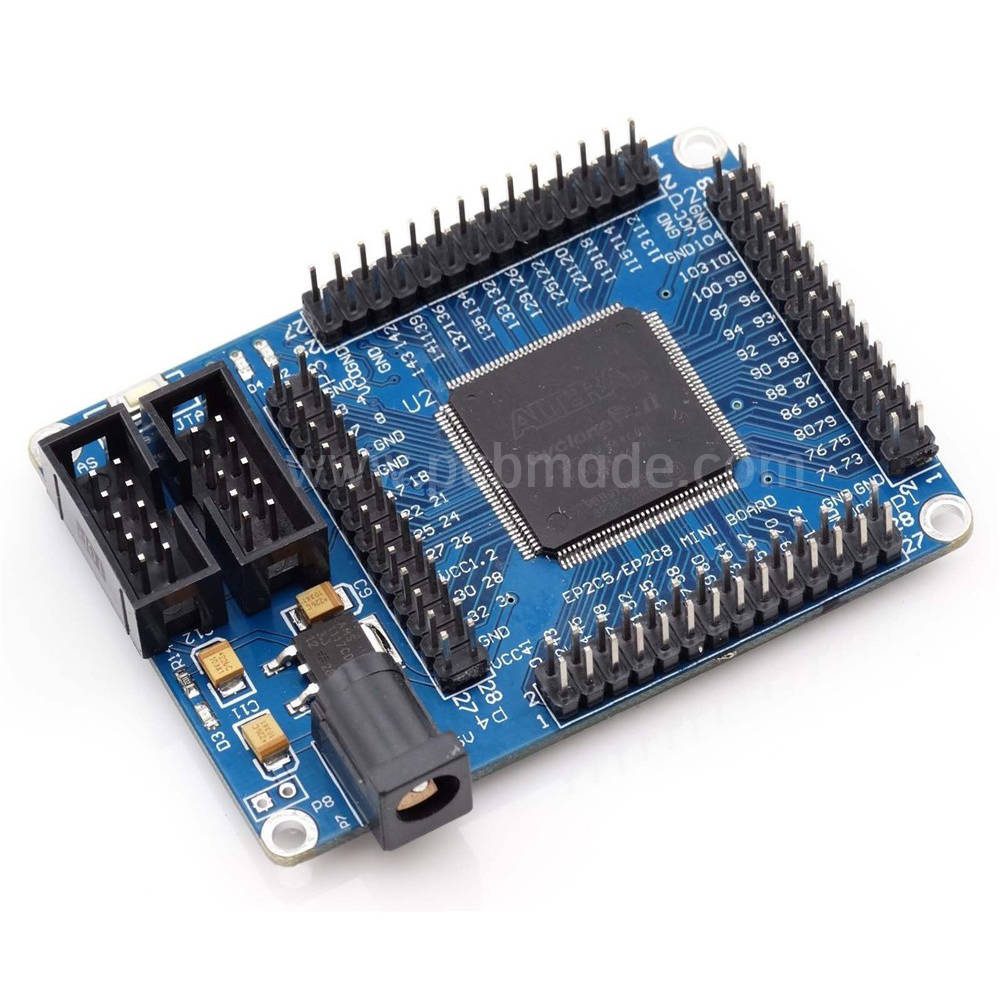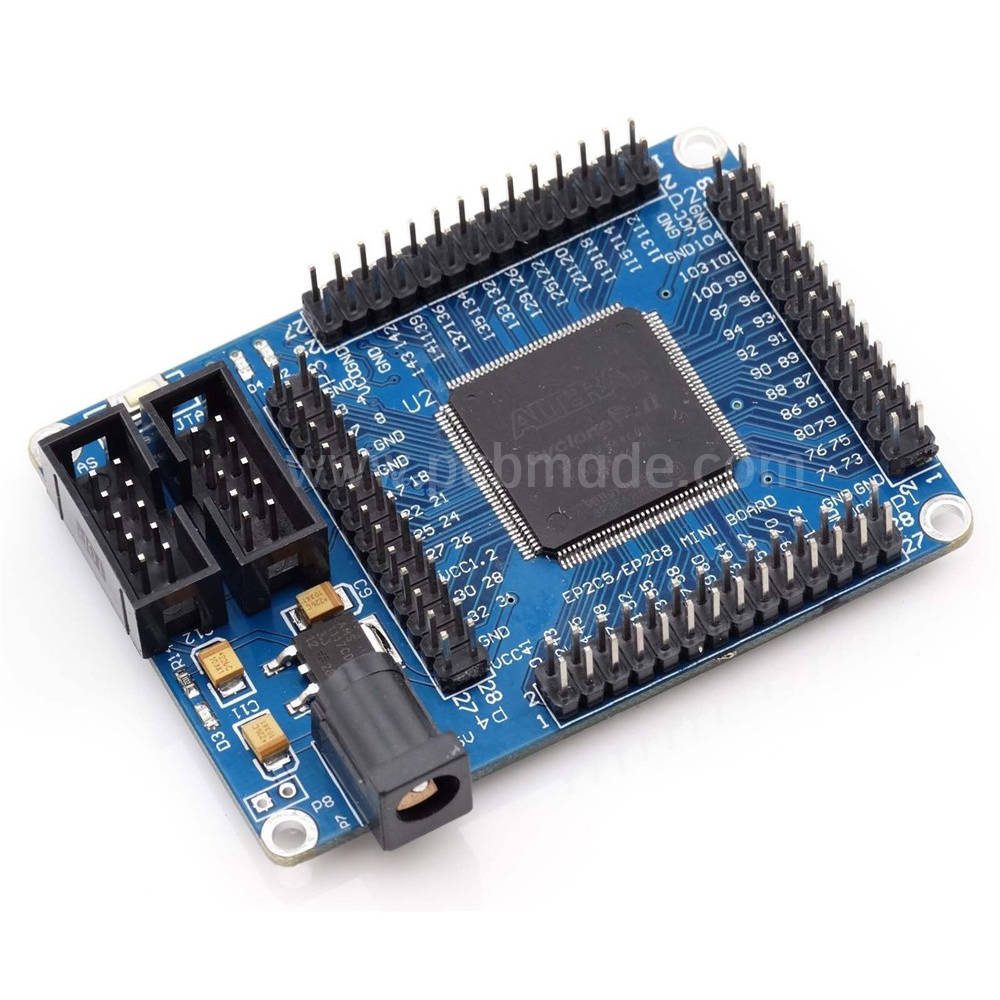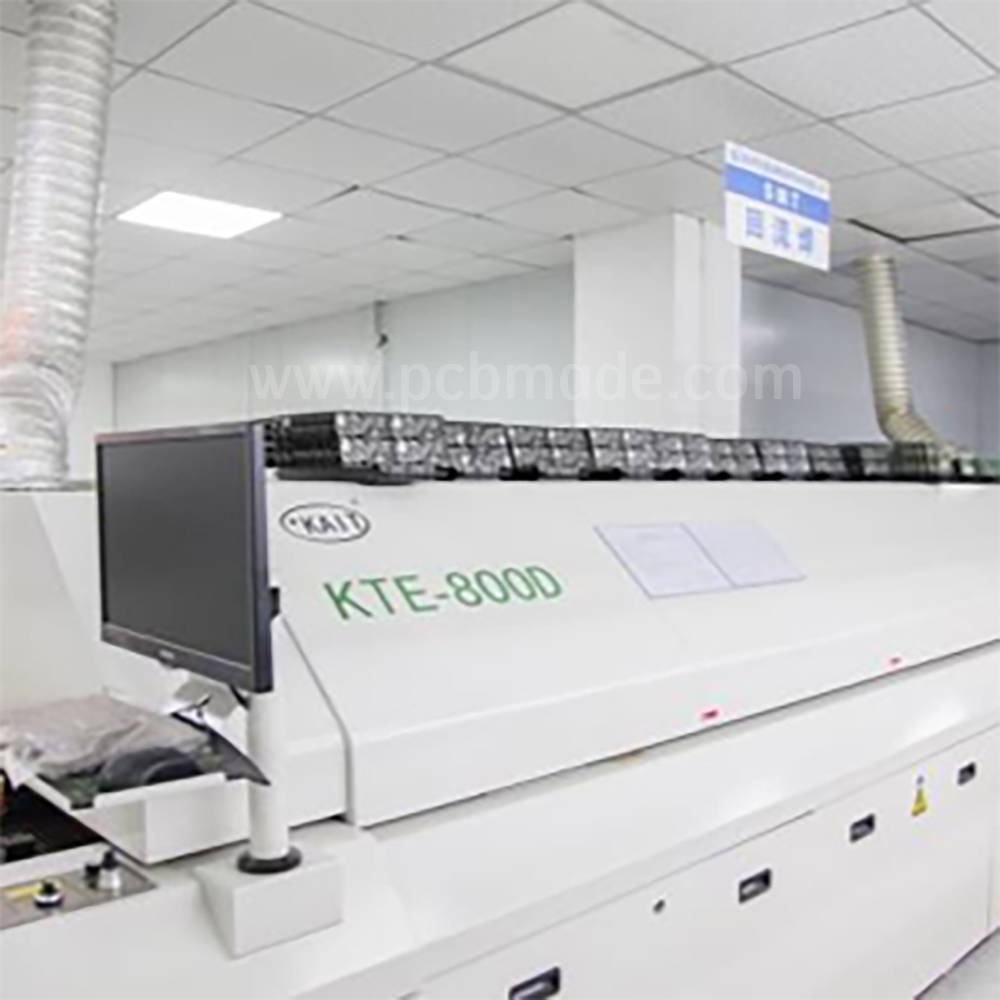In the context of rapid development in the automotive electronics field, a key component that plays an important role is the high-efficiency insulated gate bipolar transistor (IGBT) module. As automotive systems become increasingly complex, the demand for thermal management and reliability capabilities becomes crucial.
The solution to meet these requirements is to use ceramic printed circuit boards (PCBs) in automotive IGBT modules.
Why is ceramic PCB considered suitable for automotive IGBT modules?
Heat dissipation: difficult problem of heat transfer
Automotive IGBT modules are the main force for converting and managing power sources inside vehicles. But this operation generates heat, and effective heat dissipation is crucial to prevent performance degradation and extend service life. Ceramic PCBs are usually composed of materials such as aluminum oxide or aluminum nitride, which have significant thermal conductivity. This feature helps to quickly transfer heat away from IGBT modules, preventing overheating and temperature induced faults.
Dealing with harsh environments: high temperature tolerance
The automotive environment is a harsh environment, and extreme temperatures are the norm, not the exception. Ceramic PCBs have high temperature resistance, making them elastic under harsh conditions experienced by vehicles. With their ability to withstand high temperatures, these PCBs ensure the operation and reliability of IGBT modules, making a significant contribution to the overall robustness of automotive electronics.
Reliability in Challenge: Sturdy Structure
Considering the mechanical stress, vibration, and environmental factors that automotive electronic components are subjected to, reliability is beyond doubt. Ceramic PCBs have a robust structure that can resist mechanical stress and thermal expansion. This elasticity reduces the risk of failures caused by external factors, improves the overall reliability of IGBT modules, and consolidates their position as reliable components in the automotive ecosystem.
Space saving design: Overcoming vehicle space limitations
In car design, space is a high-quality commodity, and every cubic inch is important. Ceramic PCBs enable designers to create thinner layers, resulting in more compact IGBT modules. This space saving design not only meets the size limitations of automotive applications, but also helps to reduce weight, which is a key factor in achieving fuel efficiency and optimizing vehicle performance.
Maintaining signal integrity: Electrical performance is crucial
In addition to thermal considerations, the electrical performance of IGBT modules is crucial. Ceramic materials have excellent electrical insulation properties, which can prevent interference or leakage of electrical signals. This insulation quality ensures that IGBT modules maintain signal integrity, achieve seamless functionality, and reduce the risk of electrical issues that may affect vehicle performance.
The use of ceramic PCBs in automotive IGBT modules is not only a trend, but also a strategic response to the constantly evolving needs of automotive electronic devices. The inherent properties of ceramic materials, including high thermal conductivity, high temperature resistance, sturdy construction, space saving, and excellent electrical insulation, collectively position ceramic PCBs as essential components for IGBT modules in vehicles.
With the continuous advancement of automotive technology, the synergistic effect between ceramic PCBs and IGBT modules has become increasingly important. This combination not only improves the efficiency and reliability of IGBT modules, but also contributes to the overall development of electronic systems in the automotive industry. The future path will bring more innovation, and the use of ceramic PCBs in IGBT modules will play a core role in leading the future performance and sustainability of automotive electronic devices.











